One of the memorial houses in western Bihor County, taking the visitor on a trip down memory land, is that of the great man of culture, Iosif Vulcan, located in the center of Oradea, a museum dedicated to the one who, in Pest, in 1865, initiated the first series of the Familia Culture Magazine and is considered the "literary godfather" of Mihai Eminescu.
The house has a history that deserves to be known, says writer Florin Ardelean, being a building declared a historical monument. The building that now houses the Iosif Vulcan Memorial Museum has retained its original, single-storey, L-shaped configuration, and with a small inner courtyard.
"David Busch and Isabella Berger, of Jewish descent, built the house in a neoclassical style, laying its foundation in 1879. The Oradea of the time opened up beautifully to Art Nouveau architecture, after witnessing the emancipation of a great part of the city's Jewish population, as early as 1870. We can say that we are now inaugurating the Golden Age of the city on the Crisul Repede, a cosmopolitan city in a rapid progress of urban, institutional and spiritual development, in the atmosphere of tolerance enjoyed by the different ethnic groups that populated it. In this optimistic environment, dominated by hopes for a common and prosperous future, in fact as legitimate as possible, the Busch-Berger family sells the house on Strada Binecuvantarii, from that time, to the couple Iosif and Aurelia Vulcan," says Florin Ardelean.
The editor of the Familia magazine had just decided to move the editorial office of his magazine to Oradea-Mare, which happened on Easter Sunday, in 1880. The house was bought for 20,000 crowns in 1896, serving as the headquarters of the publication between 1897-1906. Representative names of Romanian writers from those times published in its pages: Vasile Alecsandri, George Cosbuc, Alexandru Vlahuta, Barbu Stefanescu-Delavrancea.
As a more mundane detail, Iosif Vulcan did not pay the amount due for the purchase of the building, but his wife, Aurelia, whose income was possible thanks to the relationship she supposedly had with a bibliophile and collector of antiques, Bölöni Sánd, by taking care of his old age.
The most important event hosted by the house took place in 1904, when Iosif Vulcan celebrated the 40th anniversary of his magazine. A grand ball, attended by the notables of the city, from the mayor to Hungarian cultural figures, but especially the magazine's contributors and a large number of admirers, including poet Octavian Goga, all paid tribute to a renowned personality of the spiritual life.
"The editor of Familia magazine was a member of the Romanian Academy, leader of ASTRA (Transylvanian Association for Romanian Literature and Romanian People's Culture) and of the Romanian Theater Fund Society, author of novels, plays and acclaimed translator of Hungarian and French literature. His masterpiece remains, however, the Familia magazine, whose appearance spanned for 42 years, between 1865 and 1906, remains unique in the history of the Romanian cultural press," underlines the professor of journalism, writer Florin Ardelean.
After the death of Iosif Vulcan, on September 8, 1907, Aurelia, his wife, continued to live in the house bought in 1896, until April 1918, when she sold it for 150 thousand crowns to Schreiber Jacob.
But the new owner did not live here much, because at the end of 1919 he sold the house, for the sum of 250 thousand crowns, to a minor, Margit Moskovitz. She lived here until the fateful year 1944, when, being a Jew, she was deported to the camp in Oradea (April), and then, at the end of May, taken by train to Auschwitz, where she was gassed and cremated, having the fate of the almost 28 thousand Jews from Oradea who died in the Holocaust.
After the war, from 1949 to 1959, the Vulcan house was inhabited by the family of doctor Wilhelm Barsonyi, and then, until 1964, it used to be the home of another doctor from Oradea, Octavian Martin. For a short period of time, the house served as the headquarters of the Philological and Historical Society, so that in the autumn of 1964 it opened here, in a first attempt exhibition, still poor, a memorial museum dedicated to Iosif Vulcan.
The year 1965 represents an important milestone in the history of the building. It is about the inauguration of the Iosif Vulcan Memorial Museum, with a permanent exhibition about the life, professional training and activity of the great Romanian writer and patriot, along with three rooms with the furniture that belonged to the Vulcan family.
"The halls of the exhibition present unpublished documents related to the family of Iosif Vulcan, being known that he was a descendant from that of the Romanian Greek-Catholic bishop Samuil Vulcan, who laid, in the time of the Hapsburg Empire, the foundation stone of the Romanian Gymnasium in Beius (1828) and who proved to be a fierce supporter of the Romanian language. Some rooms are reenactments of the living ambience from the era when they lived, including the original furniture that belonged to the family of Iosif Vulcan. A special place in the basic exhibition of the museum institution is occupied by the collegium of the Familia magazine no. 6 from February 25 - March 9, 1866, where he signs under the name of Mihai Eminescu the one who until then was called Eminovici, with the poem 'De-as avea...' / If I had...," said art critic Aurel Chiriac.
After the death of her husband, Aurelia sold most of the furniture to Liviu Lazar, the son of Aurel Lazar, the one in whose house was drafted, on October 12, 1918, the Declaration of self-determination of the Romanians in the Austro-Hungarian Empire.
The Museum of Tara Crisurilor (Land of the Cris Rivers) has rebuilt this furniture and brought it from Cluj to Oradea, thus restoring the interiors of the Vulcan house and finalizing the arrangement of the rooms that now make up the museum circuit. This furniture is specific to a family of intellectuals from the end of the 19th century, with a good material condition, containing Renaissance and Rococo style tables, armchairs, the work desk of the writer Iosif Vulcan, family photos, paintings, vases, a secretaire, terracotta stoves, mirrors and carpets of epoch, a pendulum, other Jugendstil and Biedermeier pieces.
The former director of the Peasants' Museum Aurel Chiriac reveals that the museum still owns a warehouse where it is prepared for a future exhibition pieces of furniture recently purchased from the descendants of Iosif Vulcan.
From 1965 until now, the building that houses the museum has been rehabilitated on several occasions, offering the visiting public a more faithful image of the house where they lived, more than 120 years ago, Iosif and Aurelia Vulcan.

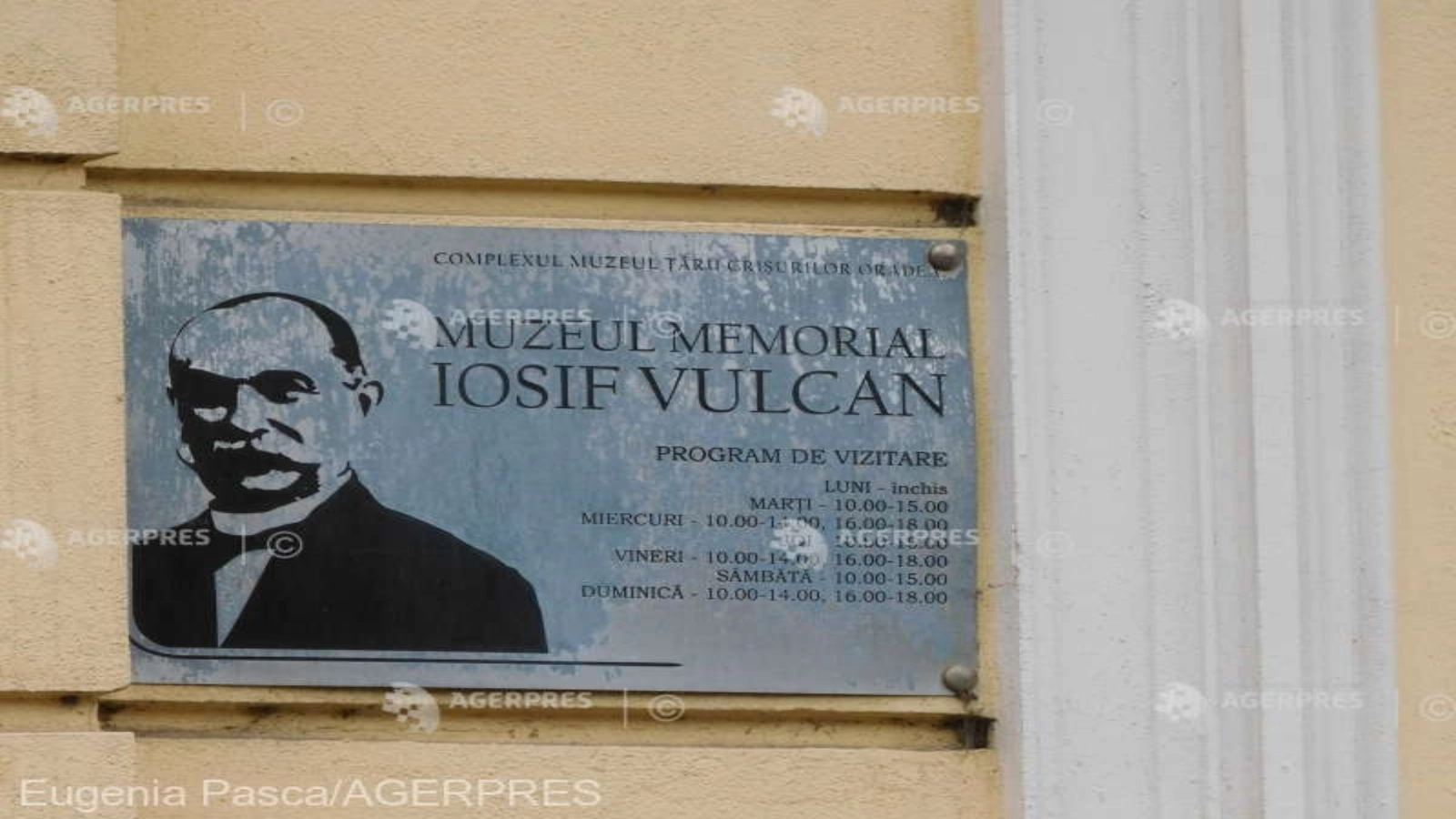





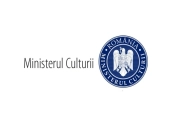


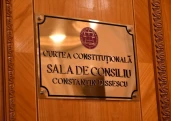

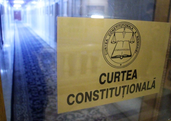







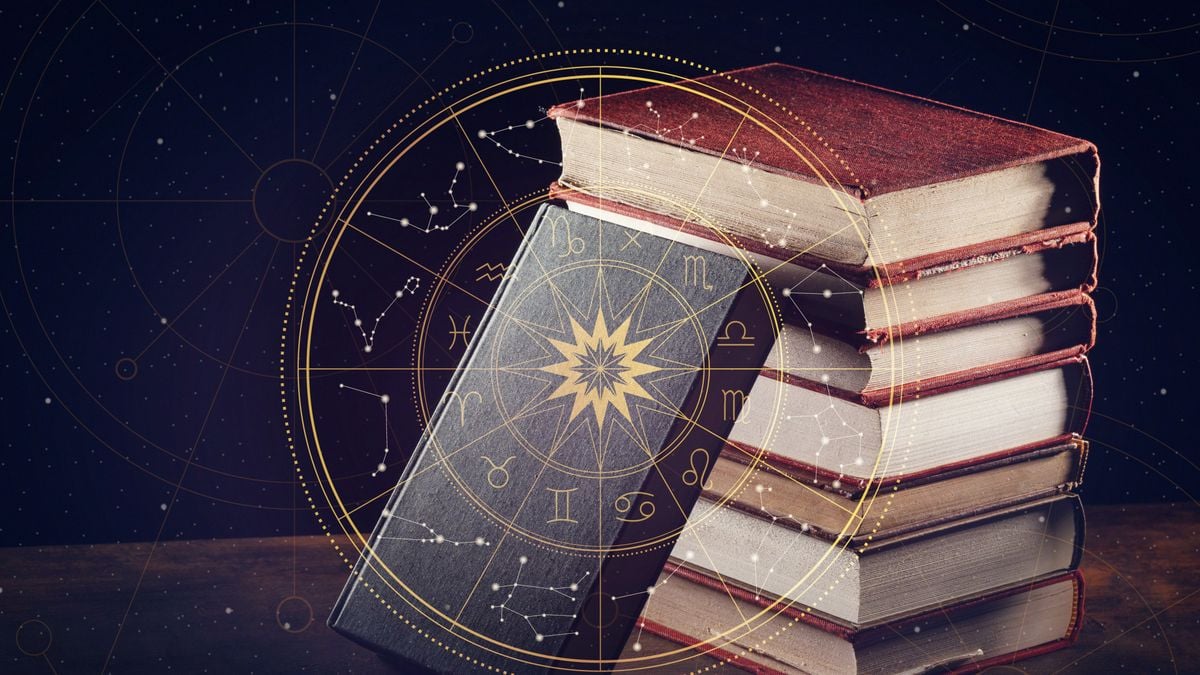

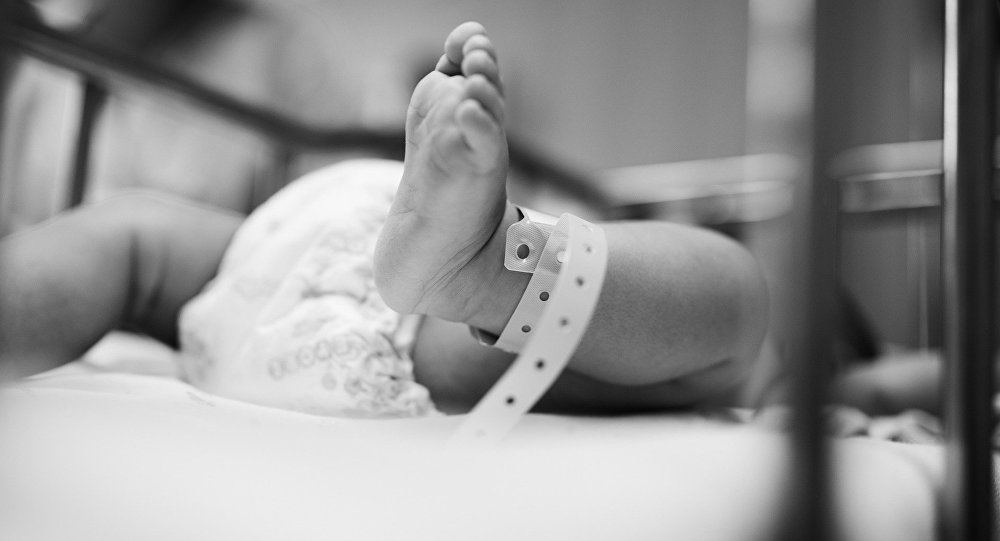


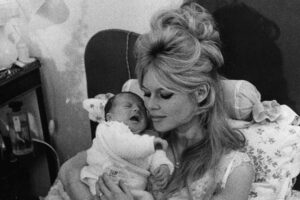






Comentează